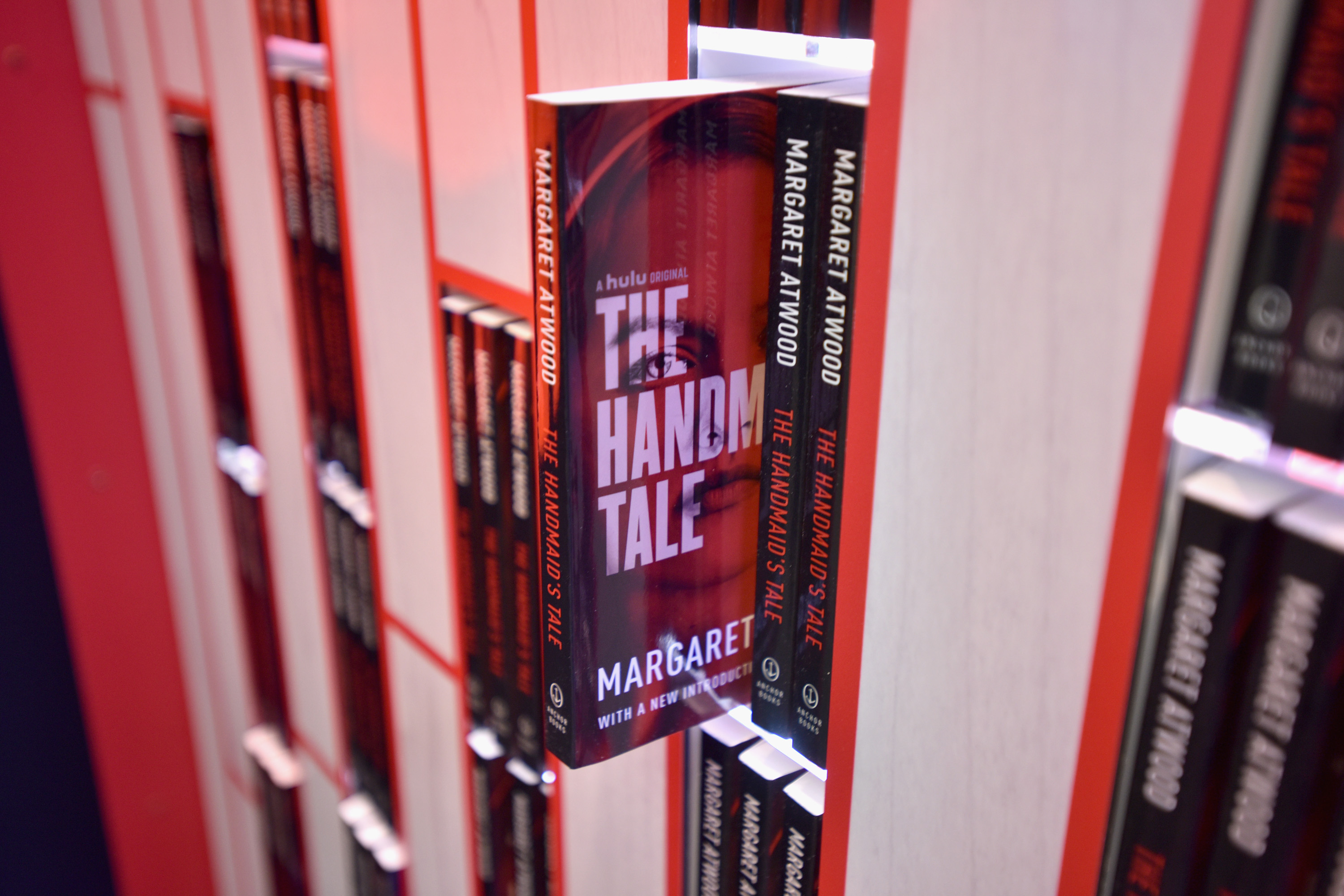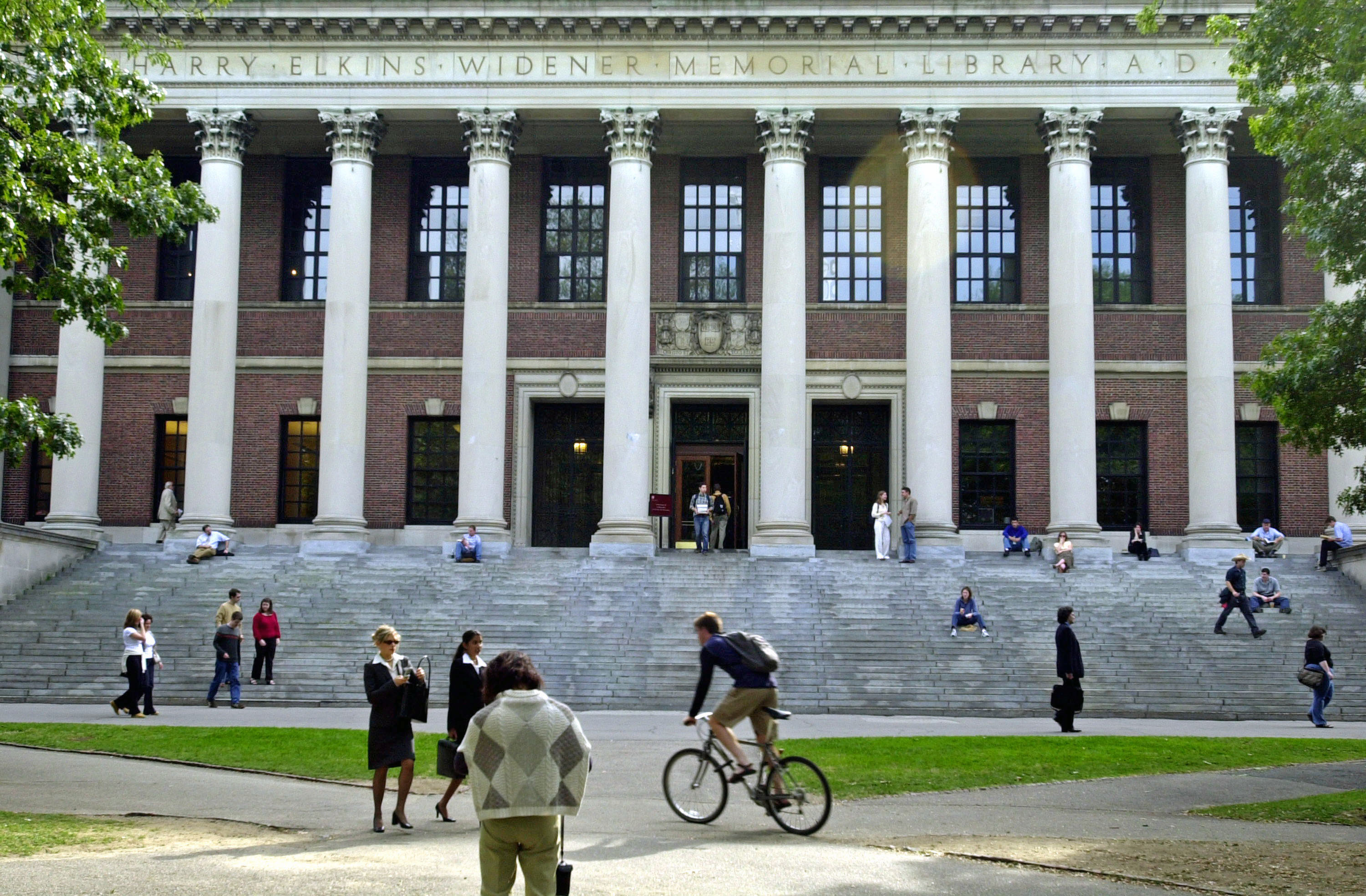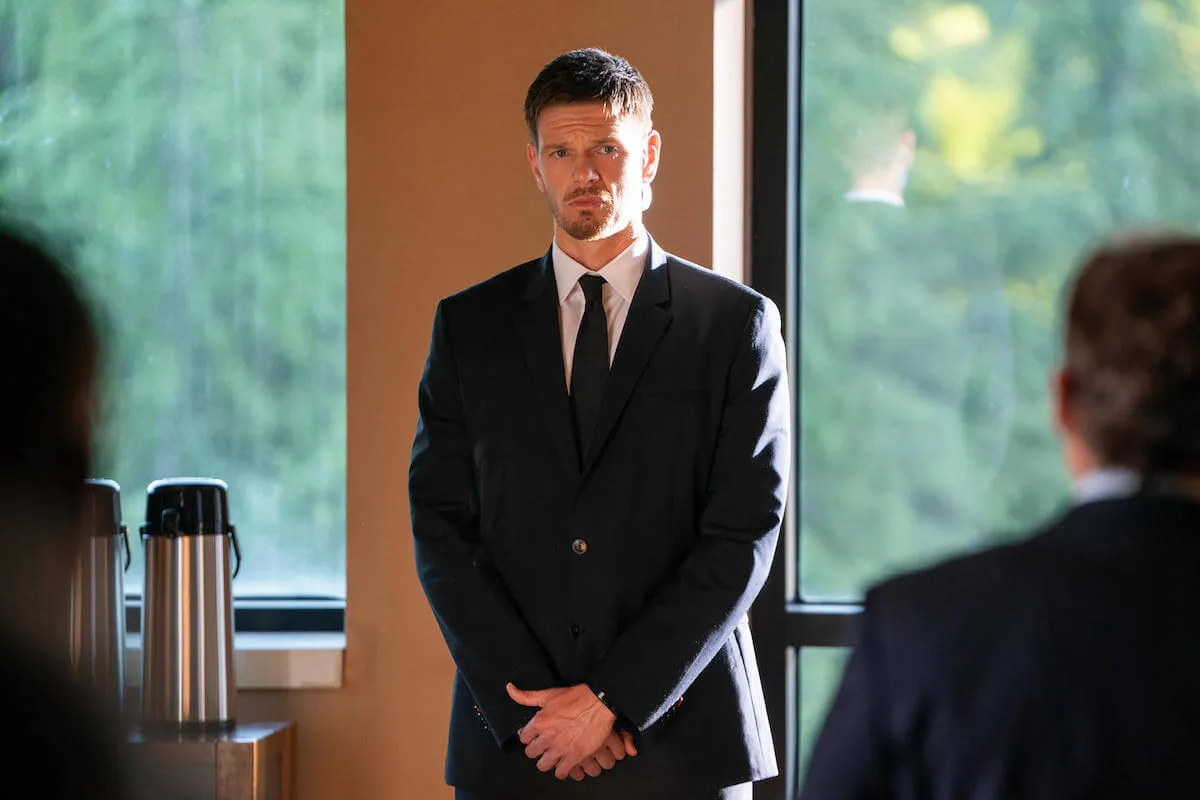‘The Handmaid’s Tale’ Author Said People Were ‘Affronted’ by the Use of This Real Location in the Book
Author Margaret Atwood incorporated a number of real-life places into her book The Handmaid’s Tale. Some people took issue with her decision to set a part of the book in a famous place. Here’s a look at how the director of the 1990 movie The Handmaid’s Tale felt about the book’s setting.

The author of ‘The Handmaid’s Tale’ took inspiration from this period of American history
According to The Harvard Crimson, Atwood studied Puritanism in the 1960s. During her studies, she learned the “roots of totalitarianism in America” came from the Puritan theocracy of the 1600s. In that epoch, there was no separation between church and state. Modern audiences might know that era through The Scarlet Letter and The Crucible. Like those books, The Handmaid’s Tale deals with religious fundamentalism and the oppression of women.
In an article she wrote for The New York Times, Atwood discussed how Puritanism served as a source of inspiration for The Handmaid’s Tale. She said the Republic of Gilead is a return to the Puritan roots of the United States.
Margaret Atwood spent many hours in this location from ‘The Handmaid’s Tale’
Interestingly, she decided to use a place with Puritan roots as an important location in the novel. “The immediate location of the book is Cambridge, Mass., home of Harvard University, now a leading liberal educational institution but once a Puritan theological seminary,” she wrote. “The Secret Service of Gilead is located in the Widener Library, where I had spent many hours in the stacks, researching my New England ancestors as well as the Salem witchcraft trials.”

Atwood wondered how readers might react to her use of the Harvard wall as a setting. “Would some people be affronted by the use of the Harvard wall as a display area for the bodies of the executed?” she thought. “(They were.)” Atwood did not go into detail about the people who took offense to this aspect of the book.
According to The Harvard Crimson, Atwood joked about the disturbing book’s connection to Harvard. “Somebody who went to graduate school with me, at Harvard, said, ‘Hasn’t anybody figured out that this whole book is about the Harvard English Department?'” she quipped.
Did the movie stay true to this aspect of the book?
In 1990, director Volker Schlöndorff released the film version of The Handmaid’s Tale. The book’s setting stood out to him. “[The] most daring part of Margaret’s book is that, instead of a small town in the Bible Belt, she sets it in the most liberal area in the country, an Eastern campus,” he told the Los Angles Times.
While Schlöndorff thought the book’s setting was daring, he filmed it in a different place. The Atlantic reports Schlöndorff shot the hangings in his film at Duke University. The novel’s use of Harvard scandalized some. Regardless, fans didn’t get to see Harvard in the 1990 version of The Handmaid’s Tale.


